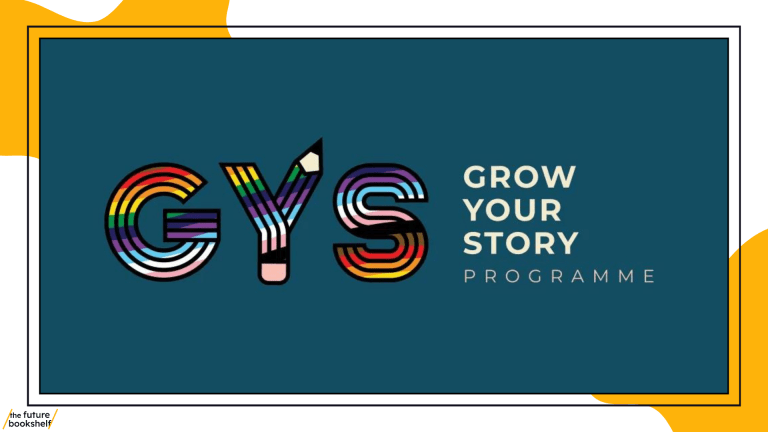Guest Blog – The Way Through the Woods

What happens when you lose the thread of where your writing is going, and how can you get it back again? Peggy Riley from The Prime Writers gives her advice.

Picture this. You open a document and type the first words: Chapter 1. The journey begins. Setting off with nothing but curiosity and provisions, you start on your way. Maybe you know where the path will lead. Maybe you’ve spent weeks making lists and plans that you’re sure will help you get there. Or maybe you’re like me, with only the roughest sense of what lies beyond all those trees. Either way, first drafts are happy-go-lucky. They can go anywhere, if you let them. Starting out, anything is possible. The terrain might be smooth, though we expect a few hills and stones in our shoes. Sometimes the woods are thicker than we think they’ll be. It can be hard to see for the mist, through the branches. We might get turned around, mistake one tree for another and lose our bearings so we forget where it is we wanted to go in the first place, and even if we do reach the other side, we might not understand how we got there or how to get back.
If writing is like finding our way through the woods, how do we find the path again, especially when we fear we’re lost?
DRAW A MAP:
Even for seat-of-the-pants writers like me, being able to see the shape of my story, from the arcs of each character to the points of crisis, connection, and conflict, helps me remember where I am and where I’m going. Think of Freytag’s Pyramid, the traditional triangle in plotting structure that rises up from inciting incident to the climax, and falls back down to the resolution. The shape is what’s happening. The structure tells the story. Find out what shape yours makes. Is it a circle? An arrow? In my current novel, I have a complicated star that reminds me how all my characters are linked, working together and in opposition, pulling away from each other and reconnecting. The shape of them is my story. Put your plot in a shape and see if it can show you what you’re missing or what doesn’t “fit”. Maybe you think you have a neat square that really wants to be a parallelogram.
CHANGE THE VIEW:
Push back from the story. Rise up from the woods. Climb a few branches to get a little higher. Sometimes we just need to back up to see what it is we’re trying to do, especially when we’re getting bogged down by details, by minor bits of story or things we don’t yet know. Lifting our heads from the gravel underfoot and help us see that there is a path – we might still be on it – if we just remember to look up.
KEEP GOING:
Stopping might convince us that we don’t know where we’re going. Writing is a confidence trick – stay confident. Keep going where the path leads you. Stop too long and the path might get muddy, pull us in and sink all our good intentions. Trust your feet. Make like Little Red Riding Hood and skip ahead to get away from all the wolves.
DROP CRUMBS:
When we’re writing, new paths present themselves all the time. Stories can take any number of unexpected turns, and it’s hard to know if we should follow them or not. New forks in the road always look tempting, particularly ones that seem to come out of nowhere. If we take one, will it be the best way forward? Might it even lead us somewhere wonderful, an entirely new place we didn’t know existed, one we weren’t even looking for? Or will we just get hopelessly lost? I’m all for exploring new ways through a story, especially when it feels a little scary, a little treacherous. If we drop enough crumbs, we’ll be able to find our way back in case the path is a dead end. Use bold print or Post-Its or flags to signpost where it was you took a turn. Save drafts, so you can undo any new change that doesn’t work. If the new path doesn’t lead you anywhere useful, you can simply march back to where you took your unexpected turn and wipe it off your map. But at least you’ll understand the woods better. And then, why not go boldly off in the opposite direction, to see if that one’s any better? Knowing you can’t get lost, you might as well have a look around.
READ A FAIRY TALE:
No, really! When I am particularly lost, it helps to remember that I’m not inventing anything. I’m doing what writers and storytellers have been doing for as long as there has been breath and voice, light and shadow. Reading a good, clear, simple story can help us to see that there is a clear way, always. Any soup can be boiled down. Focus on your story’s backbone, the straight path it would be if it were a one page fairy tale. Hack back all the stuff that’s making it hard to see. One way to get through the woods is to use a chainsaw, after all. Cutting away at the undergrowth can let in air and light, allowing for new growth and ideas, insights and fresh connections. We might be able to see that we were never lost; we were just finding our own way.






